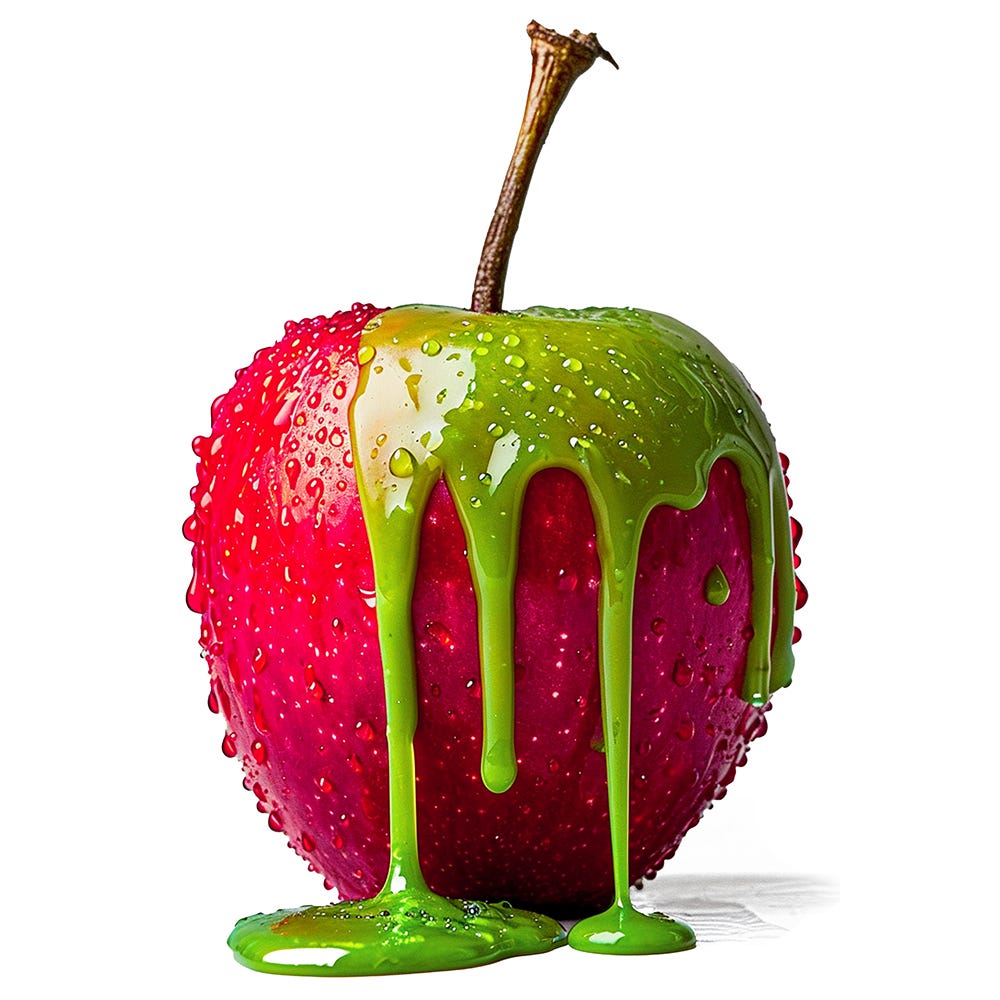
“Can the final chapter of a passionate trilogy bring resolution to the tumultuous love affair between Christian and Ana? Fifty Shades Freed offers a conclusion that ties up the saga’s many threads, but does it deliver on its promises?”
Fifty Shades Freed (2018) is the concluding film in the James Foley-directed trilogy. This instalment follows the aftermath of Christian Grey (Jamie Dornan) and Anastasia Steele’s (Dakota Johnson) wedding as they navigate their lives together amidst external threats and personal challenges. The film attempts to wrap up the dramatic and erotic storyline of the couple’s tumultuous relationship.
Plot Summary
The story picks up with Christian and Ana as newlyweds, enjoying their life together while facing new challenges. As they settle into their marriage, they encounter threats from Ana’s past and Christian’s controlling nature. The film explores the couple’s efforts to overcome these obstacles and solidify their relationship, all while delving into themes of trust, loyalty, and personal growth.
Themes
Fifty Shades Freed continues to explore themes of dominance, submission, and the complexities of a high-intensity relationship. The film attempts to address issues of control and trust that have been central to the trilogy but also includes elements of suspense and drama as external threats loom. The portrayal of these themes continues the franchise’s focus on the power dynamics between Christian and Ana.
Cinematic Style and Symbolism
The film’s visual style continues the franchise’s emphasis on luxury and opulence, with lavish sets and costumes that underscore the characters’ wealth and status. With product placement in over-drive, it can sometimes feel like one long advert for luxury bands. Symbolism related to control and freedom is present, though it may feel repetitive to those familiar with the previous films.
Memorable Scenes
One notable scene involves a dramatic confrontation with a former antagonist, which introduces a suspenseful element to the film. Additionally, the wedding and honeymoon sequences are designed to highlight the couple’s passionate connection, though they often veer into melodrama.
Performance and Direction
Jamie Dornan and Dakota Johnson reprise their roles with the same intensity and chemistry that characterised the previous films. James Foley’s direction focuses on providing a grandiose conclusion to the trilogy, though the film’s execution often leans towards melodrama rather than nuanced storytelling, or much to do with any real power exchange.
Fifty Shades Freed provides a conclusion to the trilogy, although it frequently slips into predictable and melodramatic territory. Its attempt to blend romance, drama, and suspense often feels uneven, with character development coming across as superficial. While the portrayal of BDSM remains as repetitive and one-dimensional as the lead relationship, lacking depth, growth, and authenticity.
Christian’s controlling behaviour is glossed over as romantic, Anastasia’s empowerment feels superficial, and the stakes never rise high enough to make us even care. Even the over-the-top lifestyle porn, private jets, luxurious vacations, and sprawling mansions, feels less glamorous and more like a cheap distraction from the film’s lack of substance.
Christian Grey’s character is a confusing amalgamation of every alpha male archetype. He’s a multi-talented, larger-than-life figure, flying planes, sailing yachts, closing multimillion-dollar deals, and even playing the piano. Yet, despite this relentless display of skills, he ultimately becomes characterless, more of a checklist alpha than a fully realised individual. Giving him something like a drinking problem might have made him a bit more interesting.
Anastasia, while cute and somewhat relatable, borders on dull. Her self-righteousness and lack of complexity make it hard to believe she’s worthy of such relentless pursuit by a handsome young billionaire. Christian is willing to sacrifice his dominant DNA for a woman who rejects the rules and punishment that so supposedly define him, raising the question: Is Mr. Grey perhaps really Mr. Beige?
The film’s obsession with wealth and luxury further confuses the intended dynamics of dominance and submission. Grey’s dominance is conflated with his lavish lifestyle, making it hard to tell whether the thrill lies in BDSM or simply in being flown to The Four Seasons in Paris. After all, would a butt plug have quite the same appeal in a local budget hotel?
Another confusing revelation occurs when Grey claims he is not a dominant, but rather a sadist, a statement that contradicts the entire premise of the series. This incongruous admission attempts to explain his (now misguided) desires as stemming from childhood trauma. While this introduces an interesting angle, it feels out of place and seems more like a last-minute attempt to attribute his dominant tendencies to something “broken” that needs fixing. Does this imply that only those with unresolved issues stray from “vanilla” sex? Suggesting that true emotional well-being is marked by conventional desires?
Fifty Shades is undeniably an epic franchise, with the trilogy grossing $1.32 billion at the box office, proving the subject holds endless fascination. Yet, despite its glossy, blockbuster appeal, it falls short of portraying the true complexities of power exchange and BDSM dynamics. It instead offers a sanitised, safe version of edgy content, pleasing the masses with what is essentially modern-day Mills & Boon: provocative enough to titillate, yet so far removed from the reality it attempts to depict.
“You insist on defying me, Mrs. Grey. What should I do about that?” ~ Christian Grey
Pros and Cons
Pros:
Continuation of the main characters’ story with familiar performances.
Lavish production design and high production values.
Attempts to provide resolution and closure to the trilogy.
Cons:
Predictable and melodramatic plot elements.
Product placement on steroids.
Superficial characters.
Repetitive themes and character dynamics.
Controversial portrayal of BDSM that may not appeal to everyone.
Reel Rating
⭐⭐⭐⭐ 4/10 Empty Glamour
Fifty Shades Freed provides a conclusion to the Fifty Shades saga, but its execution may leave some viewers wanting more. While it delivers on its promise of a dramatic blockbuster finale, the film’s melodramatic elements and repetitive themes might overshadow its attempt to provide closure.
Kink Rating
💋💋💋 3/10 Déjà vu with a blindfold
A predictable montage on repeat; déjà vu with a blindfold on. If I were Anna, the moment I heard Rita Ora, I'd run.
The film flirts with kink but never fully commits, remaining mostly vanilla throughout. There’s a safe, sanitised and light-hearted exploration of power dynamics, but the stakes never feel high. A few tame moments gesture toward something bolder, but ultimately, the passion stays surface-level and repetitive rather than deep or daring.
Final Verdict
🍎🍎🍎🍎🍎🍎🍎 7/20 A franchise that climaxed too soon
Fifty Shades Freed is the blockbuster equivalent of a silk tie with no knots, expensive, glossy, and ultimately pointless.
Overall, Fifty Shades Freed serves as the final chapter of a controversial trilogy, offering both familiar elements and new twists. While it may appeal to fans of the series, its overblown spectacle and reliance on dramatic tendencies ultimately create more of an empty glamour than a meaningful story. Though it boasts a high-gloss, blockbuster feel and captures a luxurious lifestyle, it lacks the depth and authenticity to explore the BDSM themes it hints at. For viewers looking for a genuine emotional or thematic experience, this conclusion may feel unsatisfying and superficial.
A Film For
Fans of the franchise looking for closure
A girls' night out with wine and ironic commentary.
Those who enjoy luxury aesthetics without needing a narrative.
When you’re in the mood for indulgent escapism, even if it’s not entirely satisfying.
A Film Not For
Those seeking a realistic portrayal of BDSM or power exchange.
The Gilded Crop Award goes to: Dakota Johnson as Anastasia Steele.
Say what you will about Fifty Shades, but Dakota Johnson carries the trilogy. Despite the often cringeworthy dialogue and wafer-thin character development, she manages to give Ana a sense of personality, growth, and even moments of charm. While the script may not do her justice, she delivers the best performance possible under the circumstances, turning a flat, uncomplex character into someone with a glimmer of agency. Without her, this film would be truly unbearable.
The Broken Paddle Award goes to: Christian Grey’s sudden “I’m actually a sadist” revelation.
Three movies in, and suddenly, Christian Grey rewrites his own backstory, telling Ana he’s not a dominant but a sadist who only enjoys hurting women who look like his mother. This last-minute twist completely contradicts the entire premise of their relationship. It’s not just bad writing; it’s a clumsy attempt to make Christian’s dominance seem like a trauma response rather than a valid, consensual sexual preference. It reduces BDSM to a psychological flaw that must be "cured" by vanilla lovemaking, undoing any attempt the franchise made at normalising kink.
Did You Know?
Did you know? Fifty Shades Freed was nominated for several Golden Raspberry Awards ‘Razzies’, including Worst Picture and Worst Screenplay. Dakota Johnson and Jamie Dornan even won Worst Screen Combo for their ‘lack of chemistry.’
Related Films or Recommendations
If you enjoyed Fifty Shades Freed, you might also be interested in The After Series, The Kiss Quotient, or Addicted, which similarly explore themes of romance, power dynamics, and complex relationships.
Drop a comment below and cast your vote! Want more deep dives into cinema’s sensual and subversive side? Stick around, there’s plenty more to come.






















